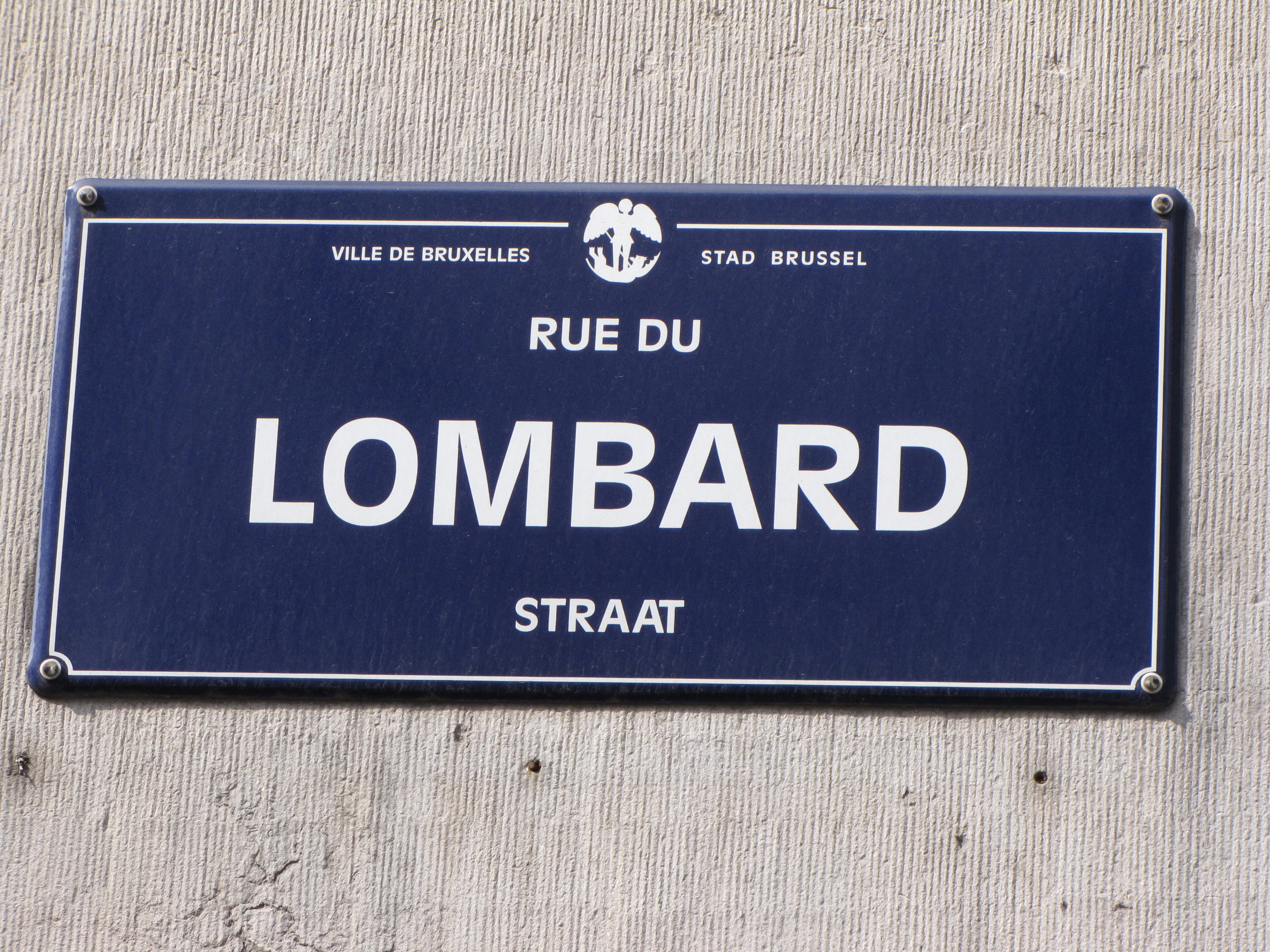The main tenet to follow is that everything happens for a reason and if it doesn't happen, it doesn't happen for a reason.
Thus if a character says he'll do something and doesn't early on, this clearly establishes him as the sort of person who doesn't keep his promises, is flaky, etc. Or things set up and not done might be a game in itself. I haven't thought of other examples apart from the following...
 |
| Sam Super, Ryan Millar and Peter More by Tatjana Todorovic |
If you set something up, you don't have to go through with it, as long as you have a compelling reason AND there are consequences of not doing it.
This is harder to deal with from a conventional improv-training point of view. To not do what is set up. I agree, this should not be the norm. In fact it should not be the first offer that is not fulfilled because that initiates a pattern of not doing what is set up and is like the first example of a flaky character.
In fact for beginners, we should be wary as it is probably an example of the actor wimping, i.e. not wanting to go there. But it is okay on occasion for the character to "wimp" if there are consequences for this character or other characters by the inaction. So the event not happening should, generally, be marked as a point in time where a decision was made NOT to do it. It should come from a strong reason that compels one or more character.
A classic example of a story which includes something like this is Snow White. The huntsman is charged with killing Snow White. In most conventional improv terms, this means Snow White should be killed – we should do the deed and see what happens next. But in the story, the huntsman takes pity on her and lets her free. The pity is a compelling reason. And the consequences? Well, the whole rest of the story hinges on Snow White not being dead, otherwise it would be a story about a wicked queen who simply kills anyone more beautiful than her and then marries a wondering prince. Or maybe the tale of a huntsman who carries out a killing ordered by his mistress, and the effect that has on him.
The compassion shown by the huntsman heightens the cruelty of the queen and the innocence of Snow White. In a Fairy Tale it helps establish her up as the main character. And in terms of a hero's journey, she has undergone a near-death experience and been forced out of her ordinary world, which clearly defines her as the hero at that moment.
This is interesting, because from an 'unstructured' story point of view, the moment Snow White is not killed the story has the chance to fork into three possible broad paths:
- It is Snow White's story as the person who has lost the most and thus has the most to gain.
- It is the story of the huntsman who has now been shown to be compassionate, but has put himself at risk of displeasing so cruel a queen.
- It is the story of the wicked queen and this is almost certainly planting the seeds of her destruction.
Not killing Snow White is not blocking as long as it's justified why the huntsman doesn't go through with it. The offer from the queen can be stated, "I want Snow White dead." It is a desire and desires and opinions can be contradicted by other players – they are allowed to have opposing desires and opinions. And as long as the huntsman agrees that the queen wants Snow White dead, agrees that the queen has ordered him to do so and that the queen is powerful and disobeying her is not something one should do lightly, not killing Snow White is "yessing" all that and adding that he himself has compassion and morality. In fact this acts to heighten the evilness and power of the queen. After all the huntsman didn't simply turn to her and say, "no way, José! That's just wrong." He is afraid of her and at least goes through the motions of going through with it. It all proves she rules the kingdom by fear.
 |
| Dizzy and the Pit Kittens by Catherine Gray. |
In fact, tragedy can often be seen the hero not doing something he ought to do, or doing something he has been warned not to do, which all leads to his demise. If the huntsman had killed the innocent Snow White after some moments of uncertainty, then this has all the makings of a tragedy whereby the echoes of that killing reverberate throughout the story until the tormented huntsman takes the life of the queen before turning the axe on himself.
So, to summarise...
If you set something up, nearly always do it. However, getting there can take time depending on how important or difficult it is. In rare circumstances, it might not get done as long as the character(s) have a compelling reason and its not happening is significant to the story.
That's enough complications. Please don't think about this during shows, but feel free to use it in the analysis of the stories you end up telling. Or don't use it, if you have a compelling reason not to. ;-)








.jpg)
